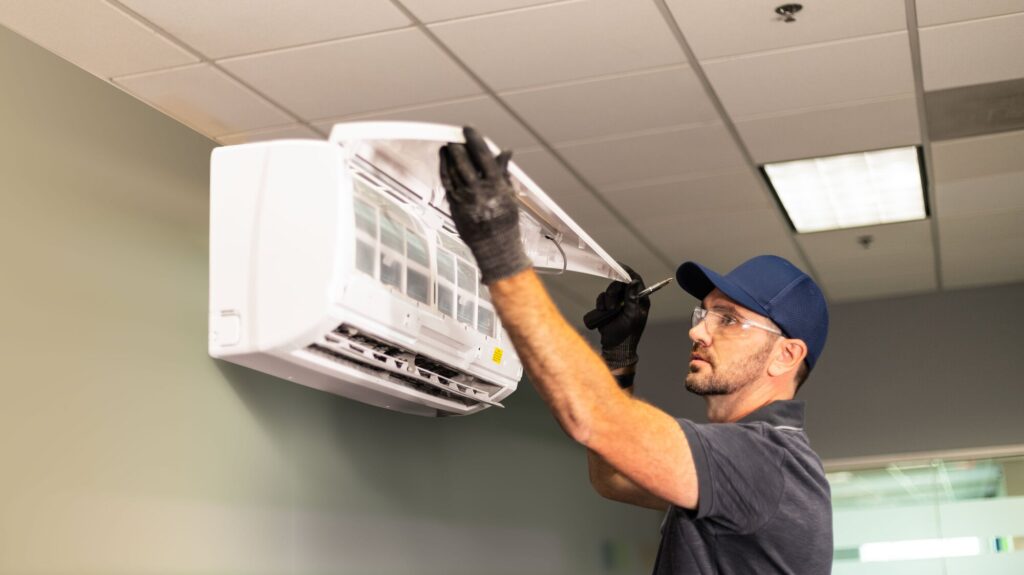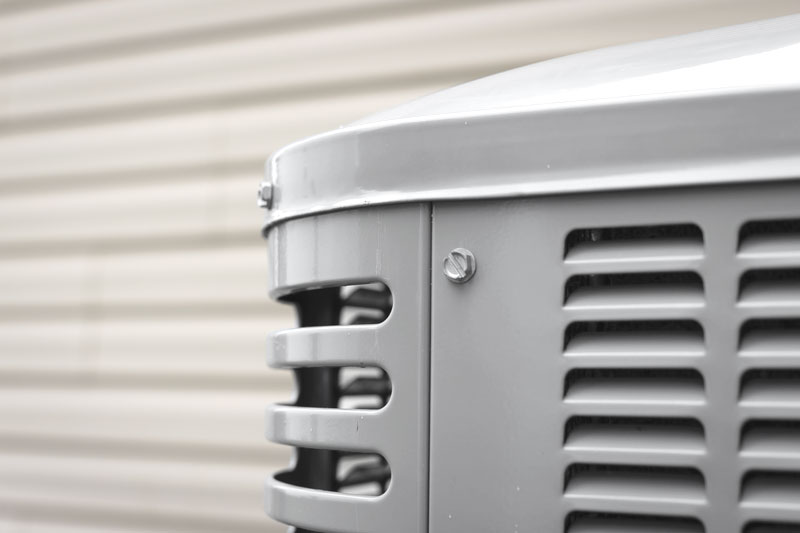- Choose the Right Contractor: Choosing the right system for your home will largely depend on the contractor you work with. A good contractor will estimate your equipment needs by collecting detailed information from your home and using industry calculations to provide you with a sound recommendation that fits your needs and budget. For more information on how to select a contractor and what questions to ask them during the buying process, click here.
- Select the Correct Unit Size & Type: There are multiple equipment models, sizes, and systems available. The type of unit your home needs may depend on the region of the country and type of home you live in. Your contractor’s recommendation will also include the equipment size, which is determined by the data they collected about your home.
Unit size has one of the biggest impacts on overall performance and costs. The size (capacity) of the system should be just right.
- If a system is too large, it will be more expensive to run and could also require new or modified ductwork that will increase your investment. An oversized unit will try to satisfy the thermostat setting by cooling the home too quickly without removing enough moisture from the air. This will also cause the product to start and stop more which shortens the lifespan of the equipment.
- If a system is too small, it may not heat or cool your entire home effectively. Most likely, you’ll have a furnace that runs continually in the winter, and the same is true for your air conditioner in the summer months.
A respectable, licensed HVAC contractor can help you choose the correct unit type and size. Our product selector tool can also help simplify the decision-making process by identifying the Intertherm equipment that will best fit your specific home’s needs based on region, home type, and fuel type.
Match Your Equipment: Mismatched systems are more repair-prone than those in which the two units have been bought and installed together and can result in compromised efficiency.
Additionally, 2025 Environmental Protection Agency (EPA) regulations will require the HVAC industry to switch from R-410A refrigerant to the new lower Global Warming Potential (GWP) refrigerant, R-454B. Mixing these two refrigerants isn’t only an EPA violation, but can significantly impact equipment performance and your safety. So you’ll want to make sure your indoor and outdoor units use the same type of refrigerant.
At Intertherm, our RightMatch approach to matched equipment systems offer seamless compatibility, safe use of the new R-454B refrigerant, and an extended warranty when you register eligible product matches.
- Get a Programmable Thermostat: If you’ll be away from home for long periods, it’s wise to invest in a programmable thermostat to ensure your HVAC system uses less energy while you’re gone and adjusts itself to a comfortable temperature when you get back home.
- Look Out for Efficiency: One of the greatest perks of investing in a new HVAC system? Increased efficiency and decreased utility bills! Here are some of the top things to know so you can ensure your new system will deliver optimal energy efficiency.
Get Familiar with Efficiency Ratings
- Furnaces feature an Annual Fuel Utilization Efficiency (AFUE) rating measure a gas furnace’s efficiency to convert the fuel to energy.
- Air conditioners and heat pumps feature Seasonal Energy Efficiency Ratio (SEER2) ratings to measure the cooling efficiency.
- Heat pumps are rated for Heating Seasonal Performance Factor (HSPF2) to measure the heating efficiency. The higher the number, the more efficient the product.



